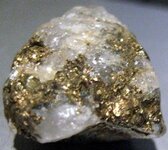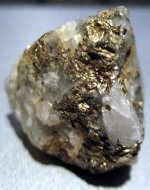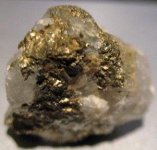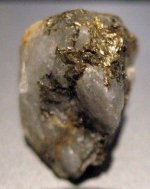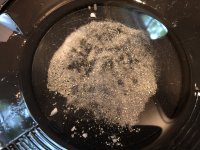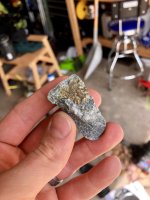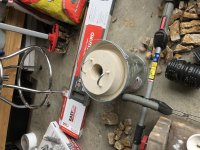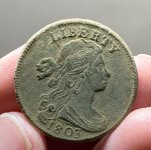theblade
Greenie
I’ve been doing a lot of research about past mines in the area where I live, the slate belt of NC. Basically all gold around me is in quartz with varying properties and surrounding rocks.
The closest mine however, about 1.5 miles away, I finally found after tons of reading was quartz with auriferous pyrite. The mine itself was a 6 foot quartz vein that they mined for about 2000 feet.
I found the rocks below a while ago and have been trying to determine what they were and if it was worth investing more time into seeing if gold is in them and if so if digging more is with it.
I wanted to get others opinions on if they thought these rocks could be auriferous pyrite. This is only a small example of what is in the area.
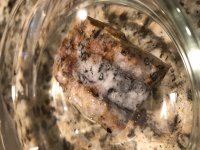
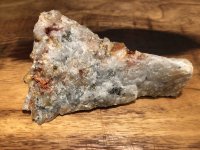
The closest mine however, about 1.5 miles away, I finally found after tons of reading was quartz with auriferous pyrite. The mine itself was a 6 foot quartz vein that they mined for about 2000 feet.
I found the rocks below a while ago and have been trying to determine what they were and if it was worth investing more time into seeing if gold is in them and if so if digging more is with it.
I wanted to get others opinions on if they thought these rocks could be auriferous pyrite. This is only a small example of what is in the area.


Upvote
0



